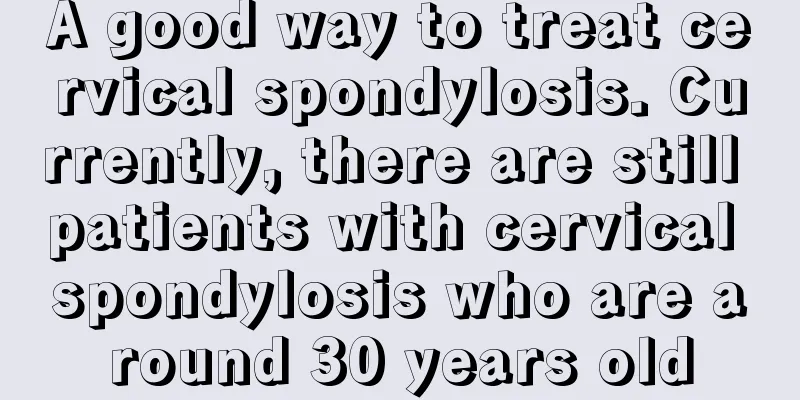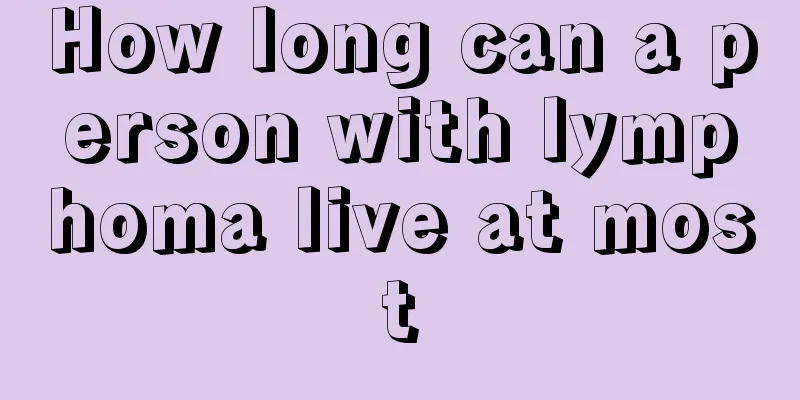What examinations should be done in follow-up examination after liver cancer intervention? What examinations should be done in follow-up examination after liver cancer intervention?

|
At present, interventional therapy has become one of the main means of non-surgical treatment for hepatocellular carcinoma. With the improvement of embolic agents and embolization methods, the effect of interventional therapy has been significantly improved, and the survival rate and quality of life of patients have been greatly improved. However, interventional therapy is a palliative treatment and cannot achieve the purpose of radical cure. It requires repeated treatment. Therefore, it is particularly important to objectively evaluate the necrosis and survival of the tumor after interventional therapy, the presence or absence of recurrence and metastasis, residual lesions and blood supply, and formulate the next treatment plan. Spiral CT is of great value in the evaluation after interventional therapy. As a routine examination method before and after liver cancer treatment, spiral CT has volume data acquisition, fast scanning imaging, three-dimensional reconstruction and excellent multi-axis technology. It can clearly show the blood supply artery of tumor or viable tumor tissue, reflect histological characteristics, the size and distribution of tumor lesions, the lesion detection rate and portal vein cancer thrombosis, and even outperform DSA in some aspects. In addition, precise CT positioning, high tissue resolution plain scan images, high accuracy and wide indications are irreplaceable highlights of other imaging examinations. Therefore, CT should be the first choice for follow-up examination after liver cancer intervention. Spiral CT can also clearly show artery-portal vein leakage and artery-hepatic vein leakage. Because of its high resolution on the section, it can accurately determine the location and size of the upper leakage. Patients with portal vein cancer thrombosis may have embolism. For example, for portal vein main trunk cancer thrombosis, it is necessary to judge whether the portal vein is completely embolized or partially embolized. Complete embolism requires a "double intervention" approach, and CT can accurately judge on the section. DSA is not very clear in showing cancer thrombosis on the anterior and posterior walls of the portal vein. Therefore, spiral CT is the recommended first choice for follow-up after interventional treatment of liver cancer. It is non-invasive, convenient, and simple, and its plain scan and enhanced imaging can reflect the histological and blood supply changes of the tumor after embolization, and has wide clinical application value. |
>>: How to properly care for lung cancer patients? Main considerations for lung cancer care
Recommend
Does bad breath and bitter taste mean stomach cancer?
Gastric cancer is a malignant tumor of the digest...
Pain in the first metatarsophalangeal joint
The first metatarsophalangeal joint is at the end...
Side effects of wearing contact lenses
Many women who love beauty like to wear contact l...
What medicine can relieve the pain of advanced lung cancer
What medicine can relieve the pain in the late st...
How to reduce forehead wrinkles
How to remove forehead wrinkles is a problem that...
How to clean oil stains on down jackets
When we encounter down jackets with oil stains du...
What to eat after food poisoning? Dietary precautions after food poisoning
The food we eat every day, if it is not clean, un...
Thumb nail hurts
The pain in the thumb nail is mainly caused by on...
My ears suddenly can't hear
The ear is an inconspicuous part of our body, but...
What causes black hair on fingers?
The condition of the fingers is very easily affec...
Nasal endoscopy revealed red blood streaks
In modern society, more and more people are deepl...
How to prevent bladder cancer
How to prevent bladder cancer? Bladder cancer is ...
What to drink to delay aging
Recently, many people have experienced premature ...
What's wrong with my face peeling
We should strengthen the care of our facial skin ...
What's the best bath?
Taking a shower is something that everyone does r...









